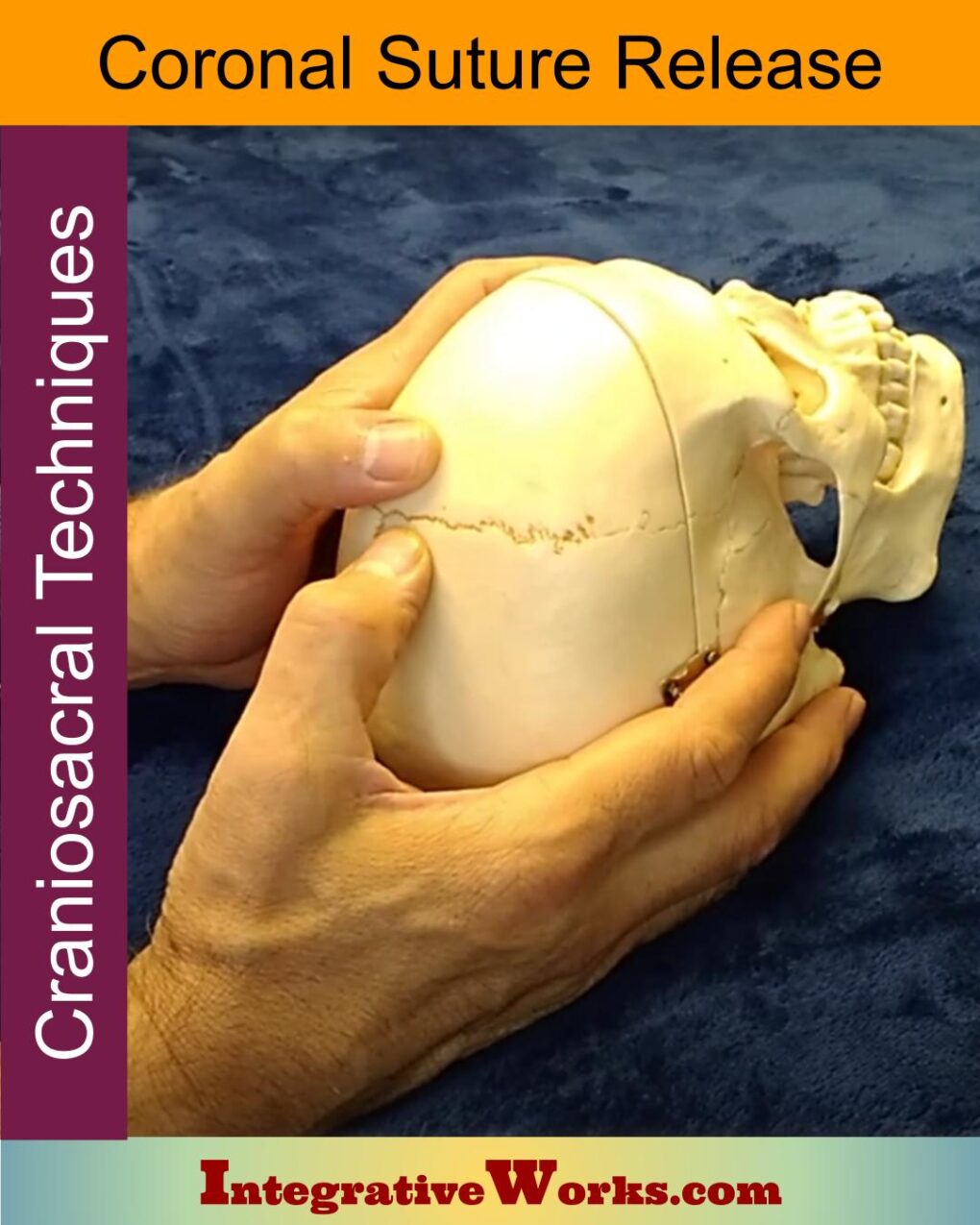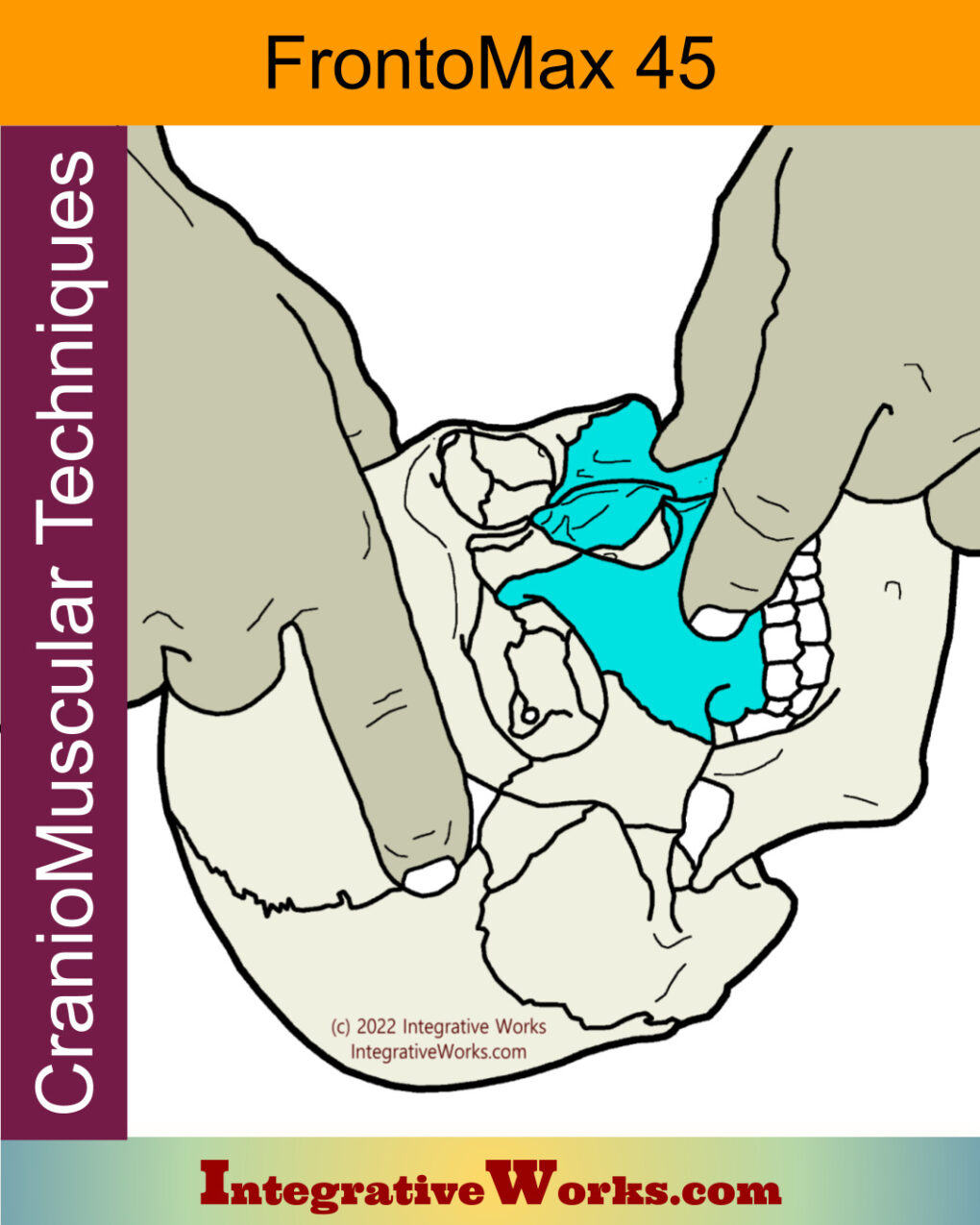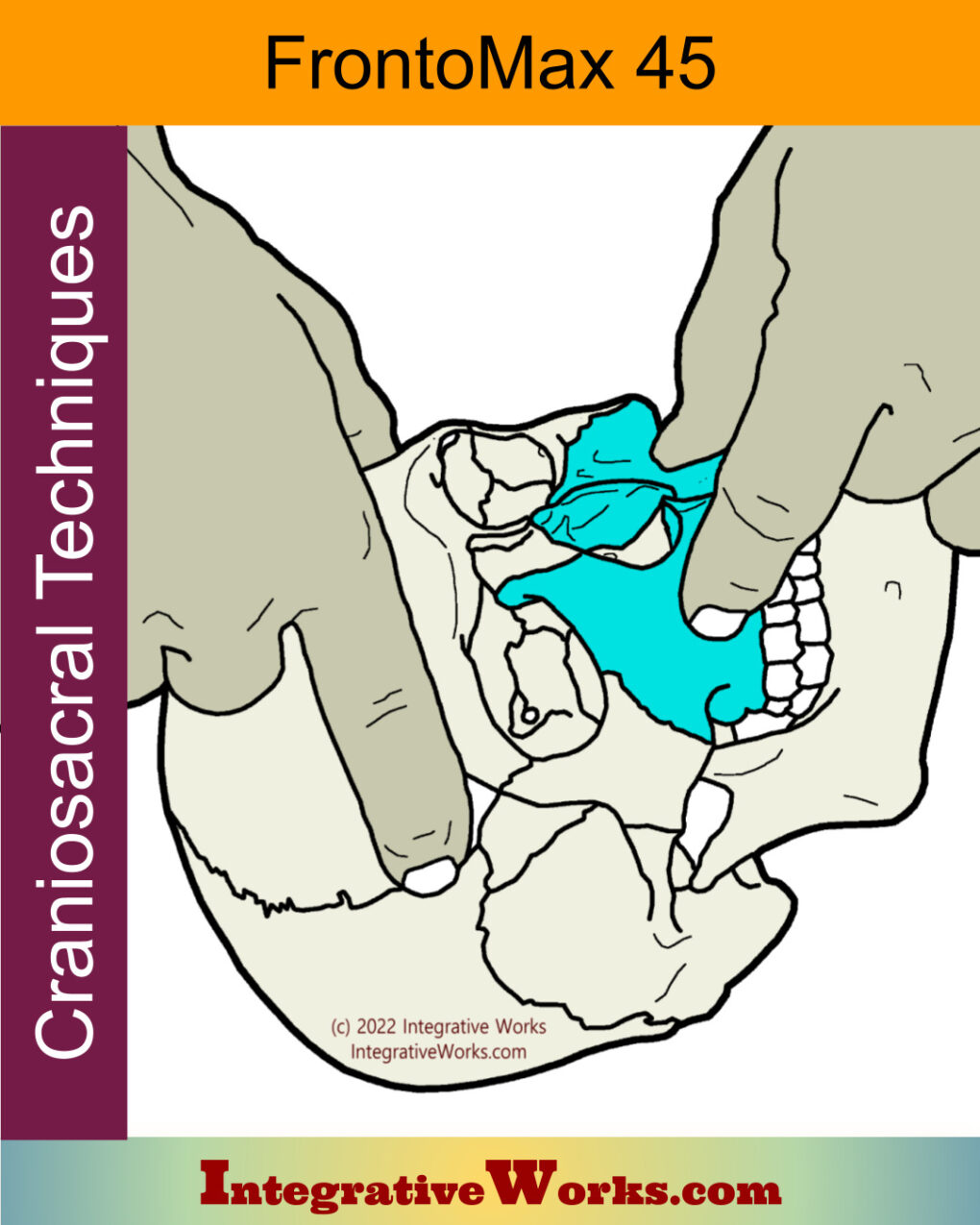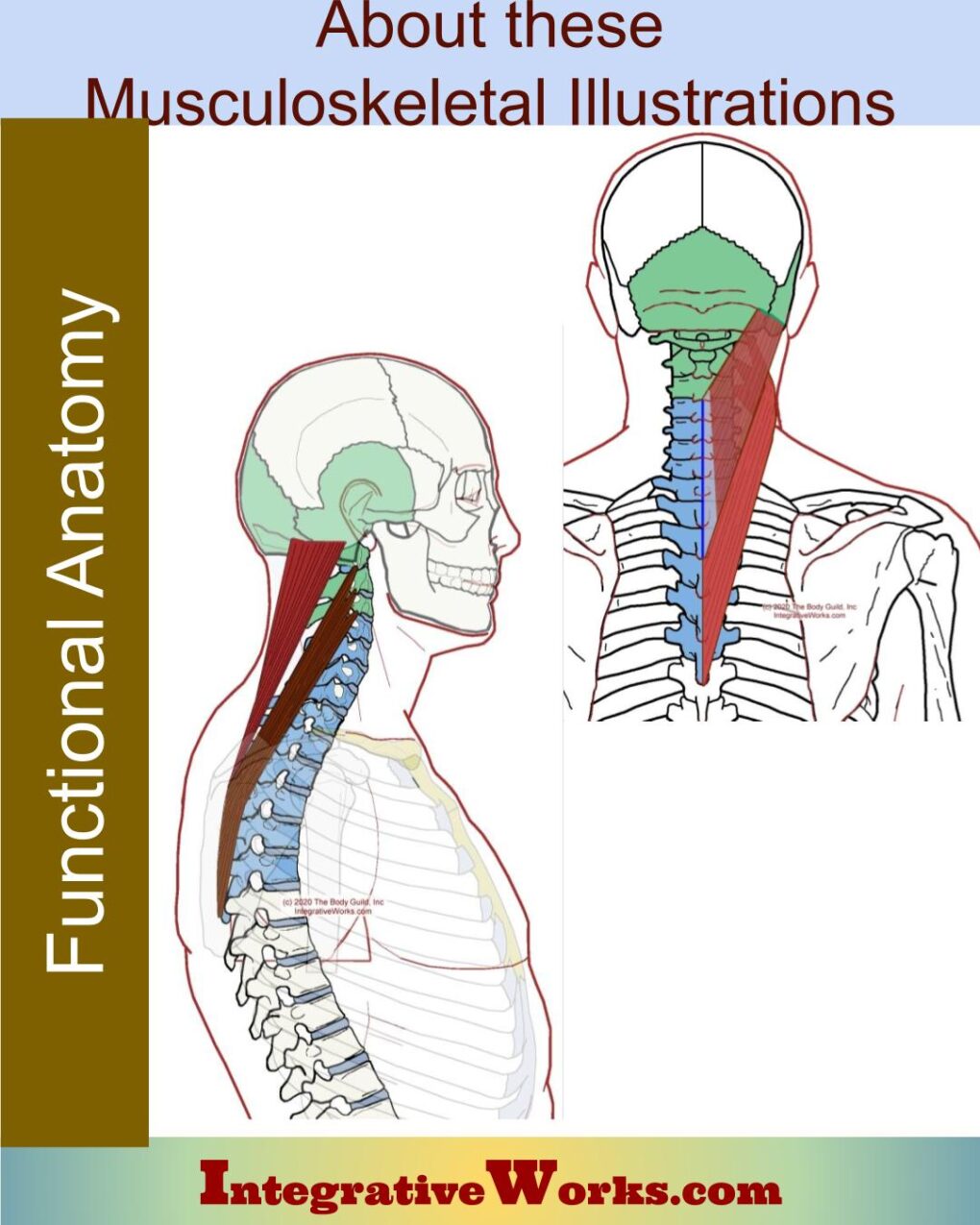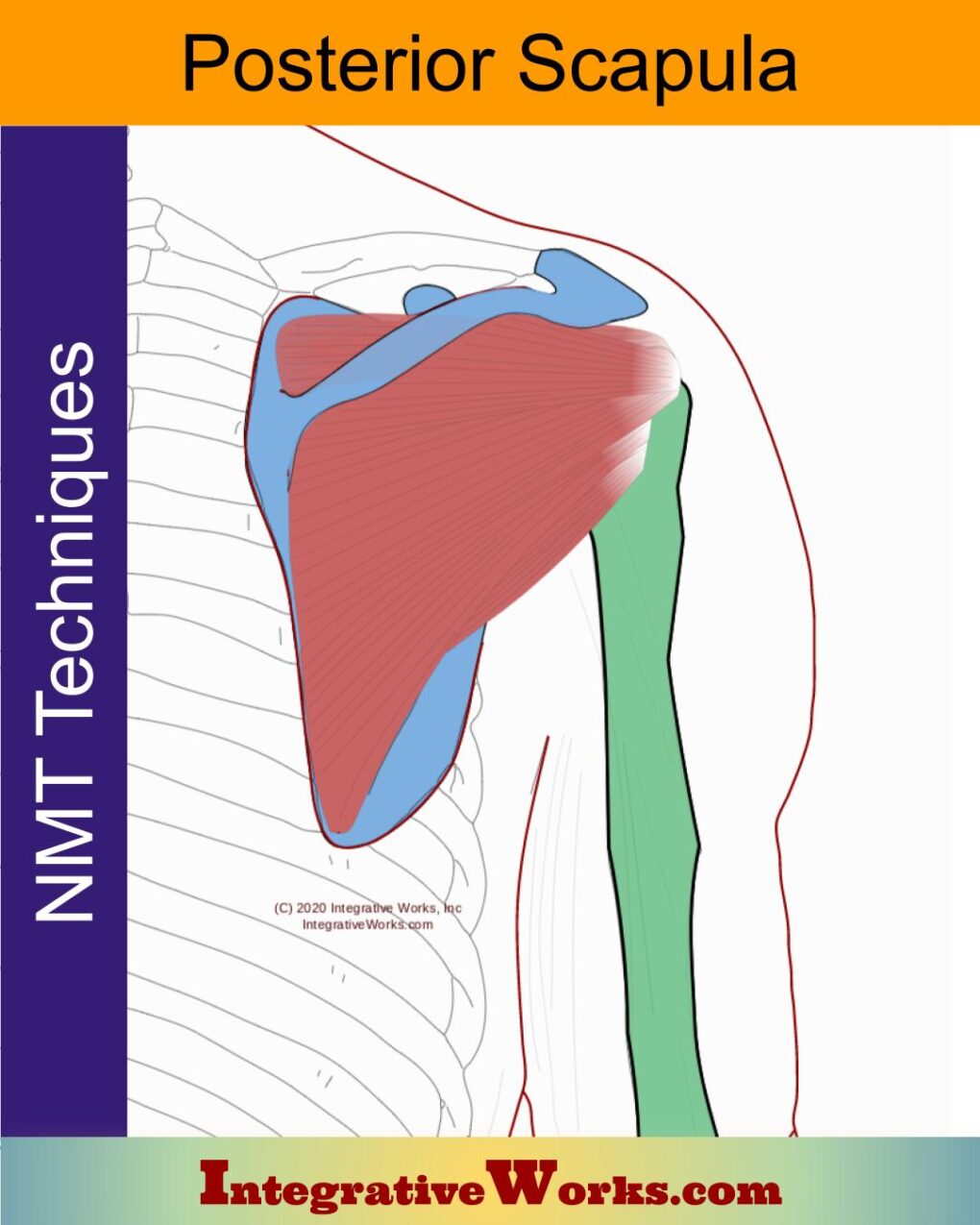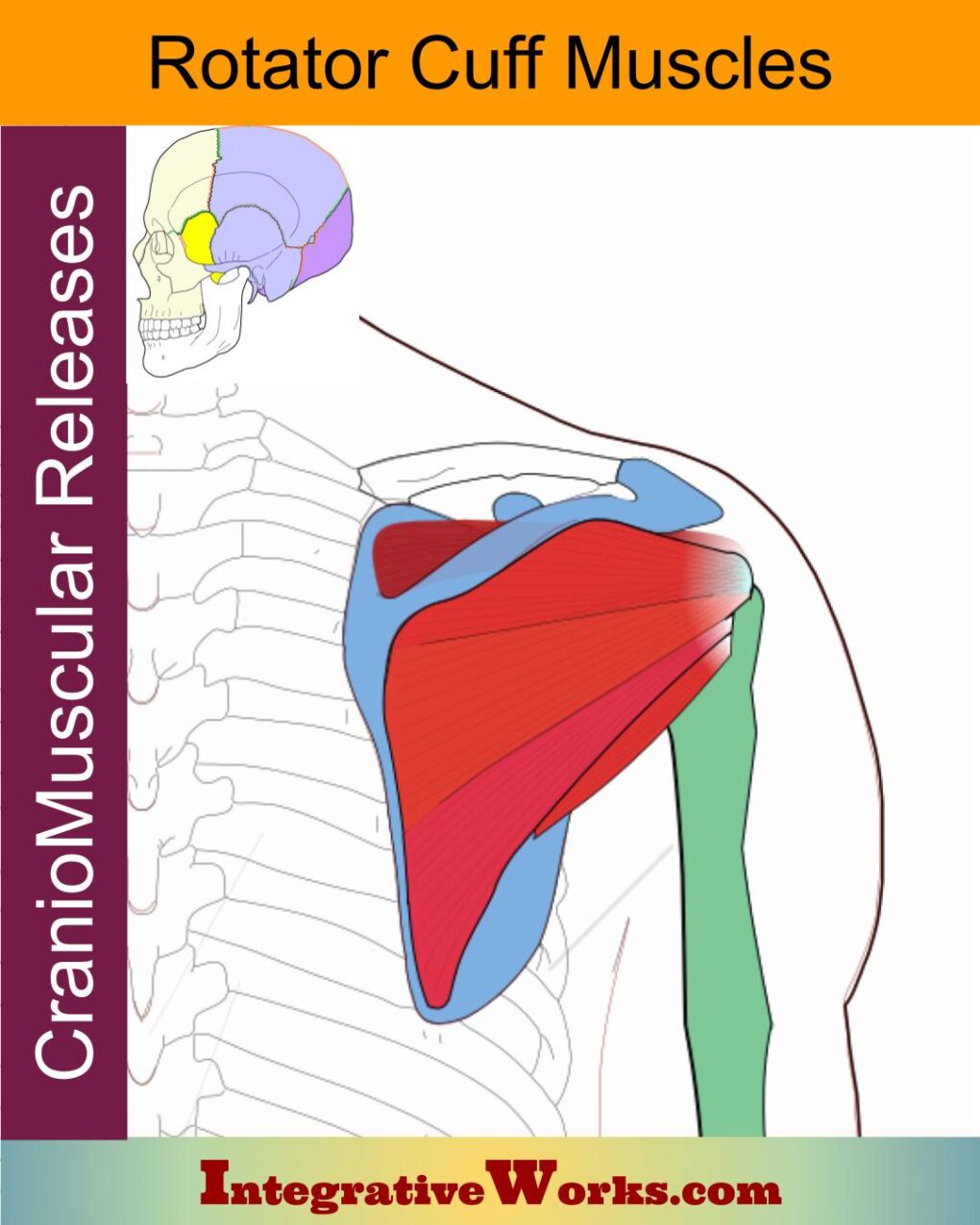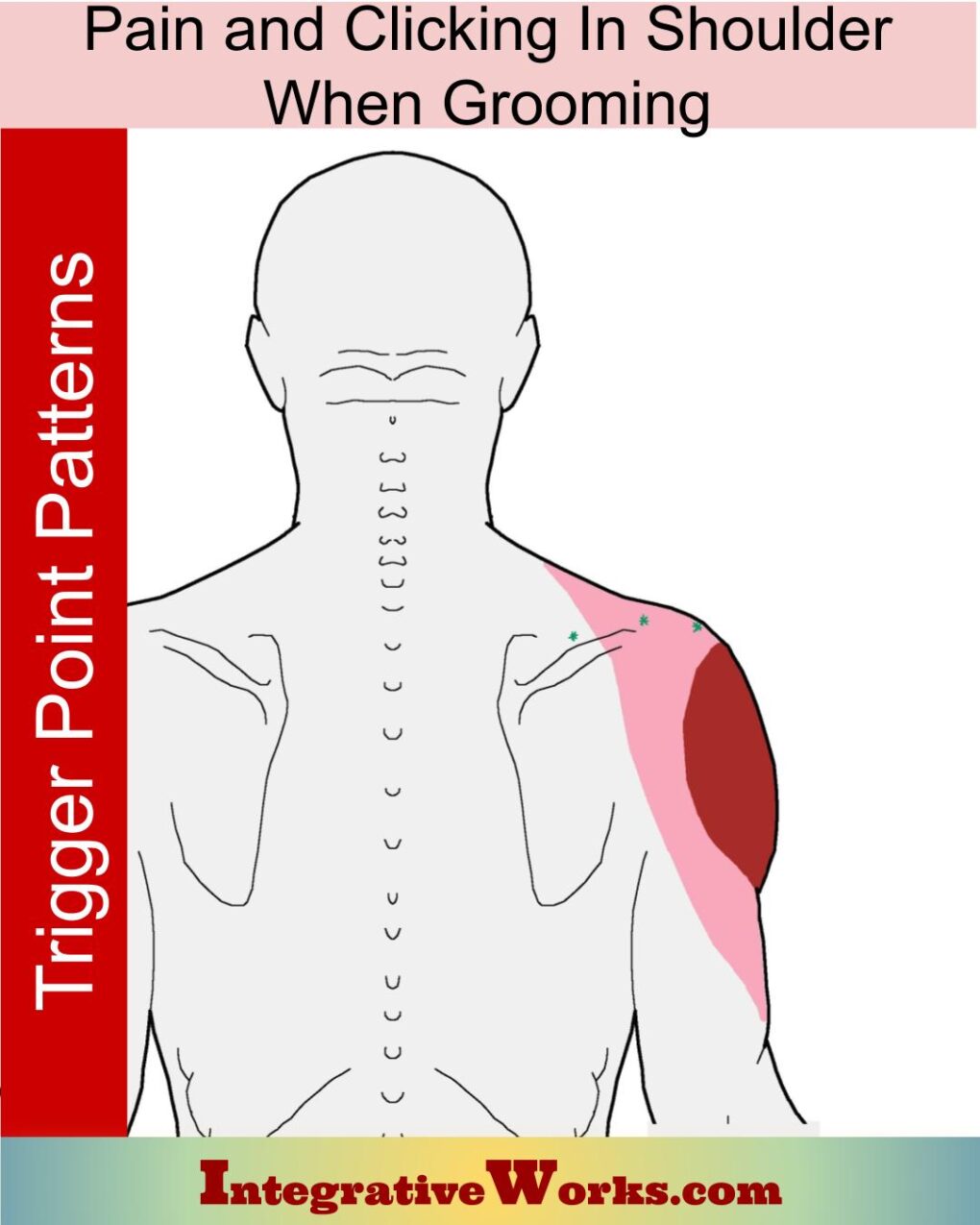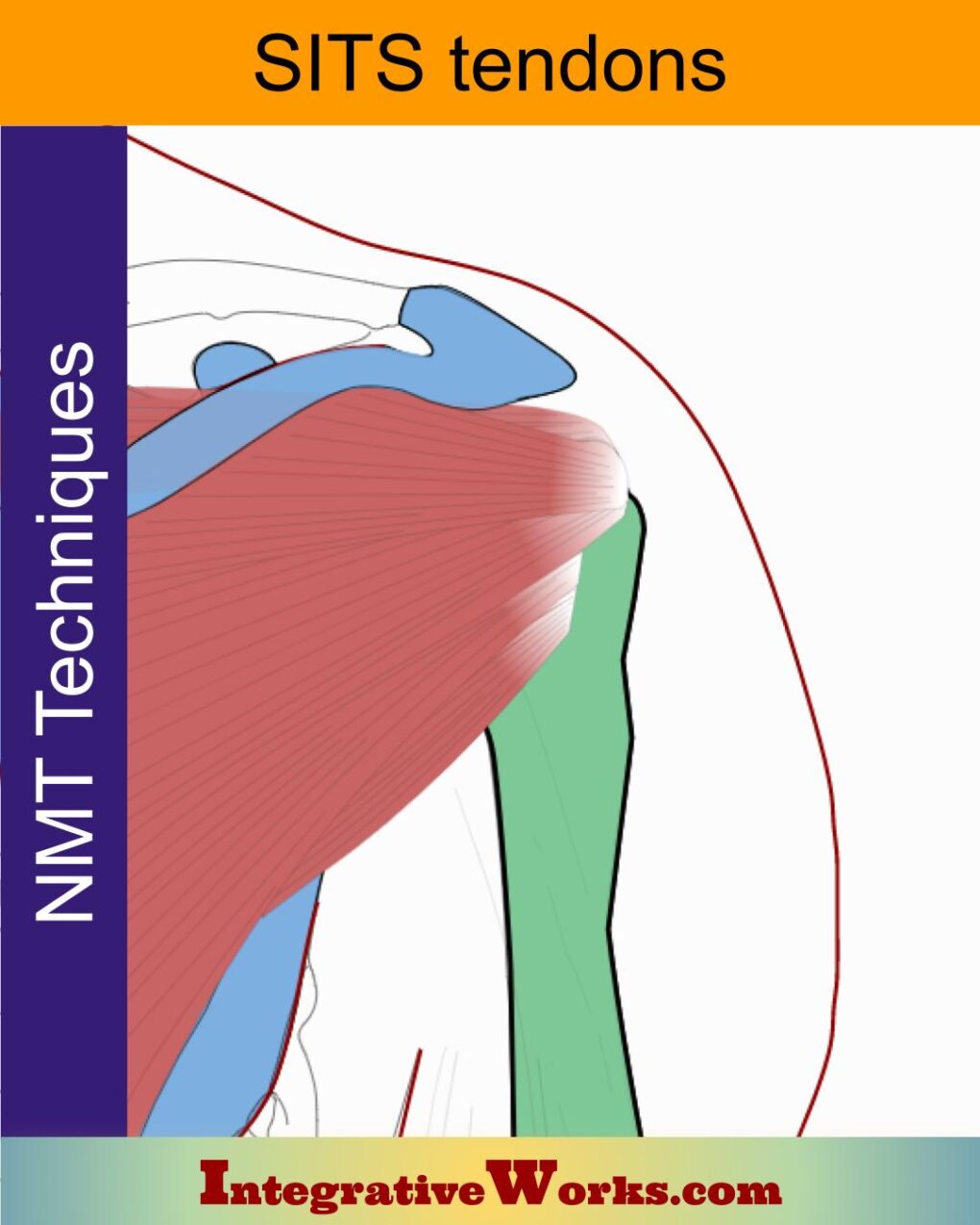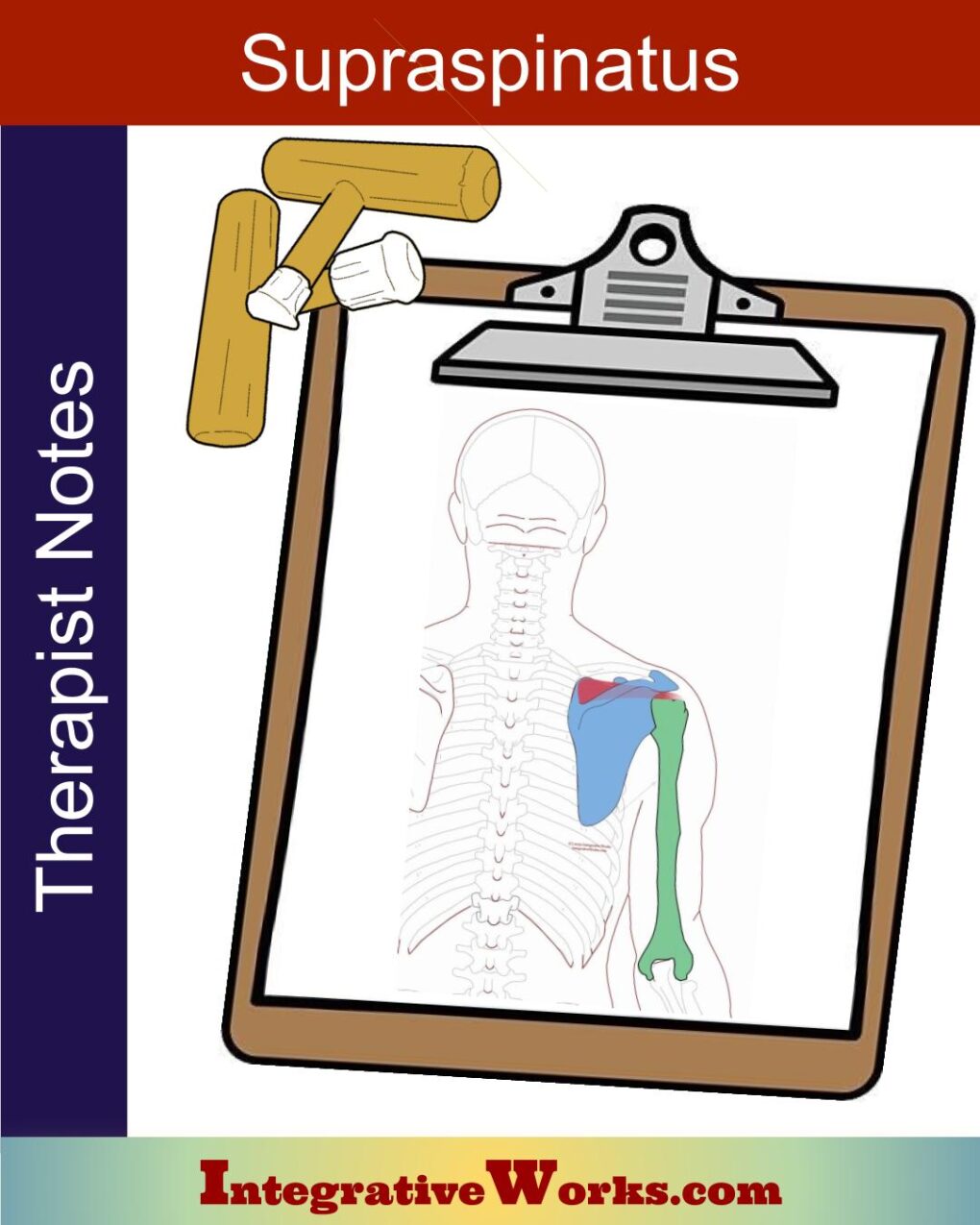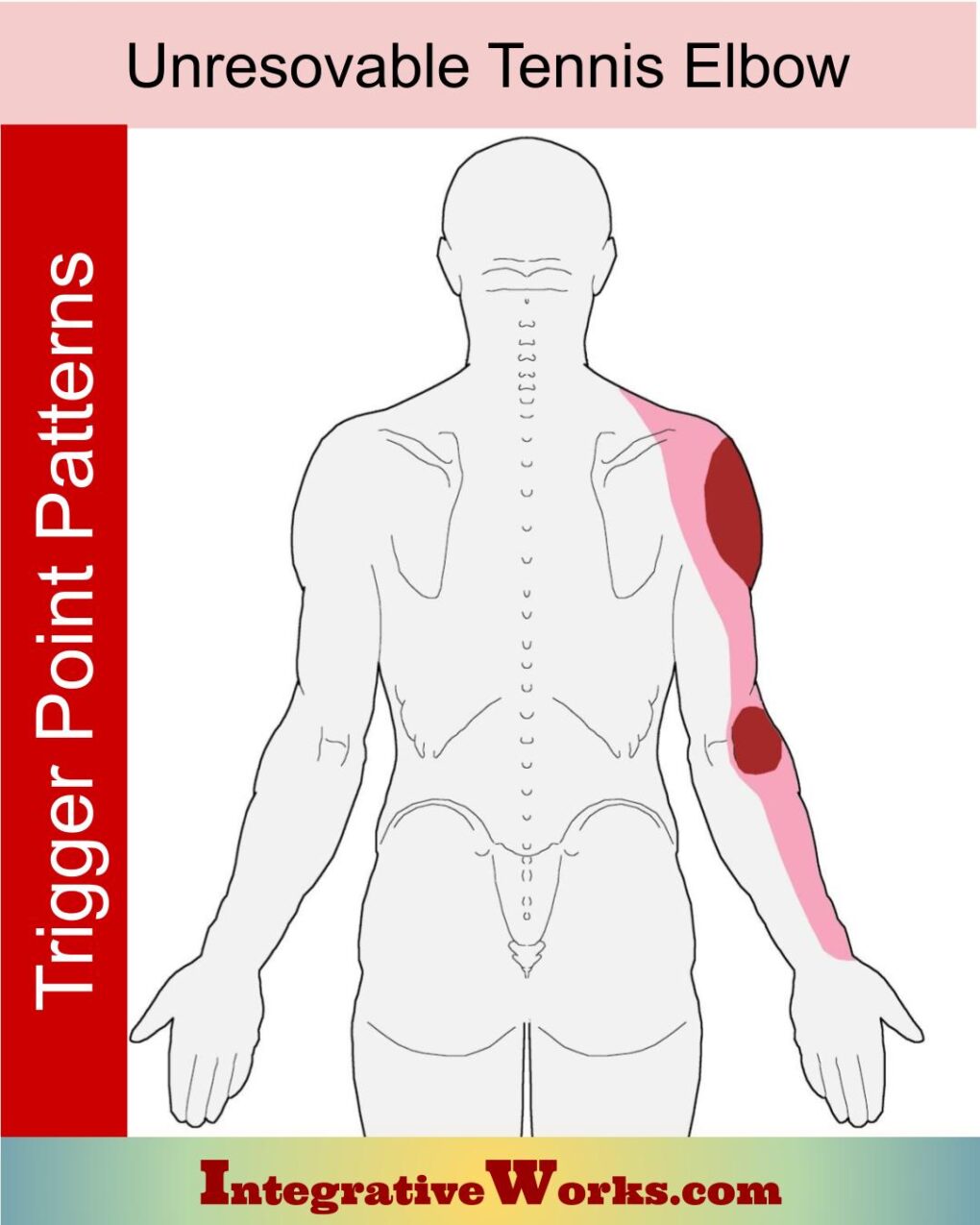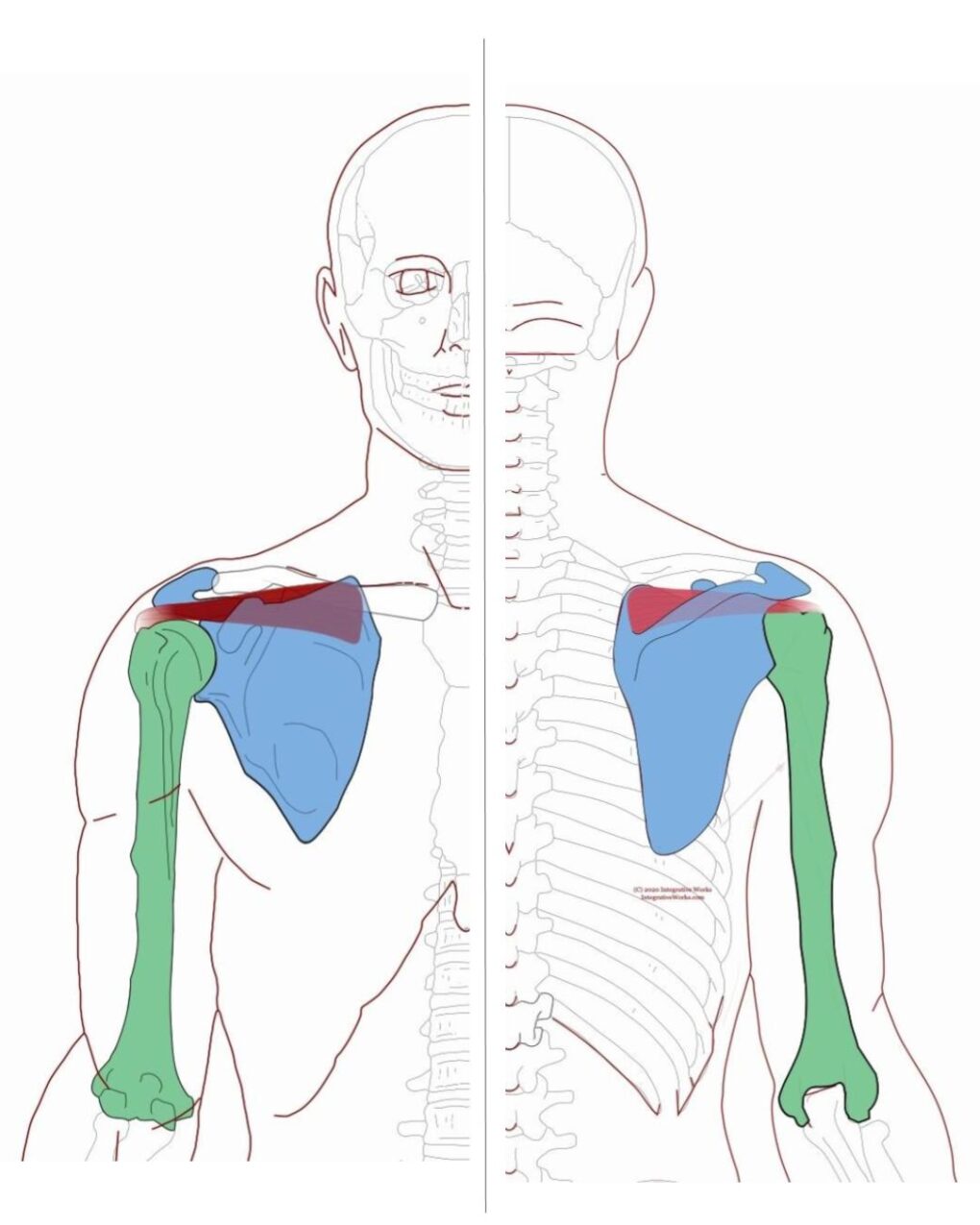
Overview
Supraspinatus, in the supraspinous fossa, is the most superior of the rotators cuff muscles,
Origin
- medial two-thirds of the supraspinous fossa
Insertion
- superior facet of the greater tubercle of the humeral head
Function
- abduction of the humerus
Nerve
- suprascapular nerve, C5-C6
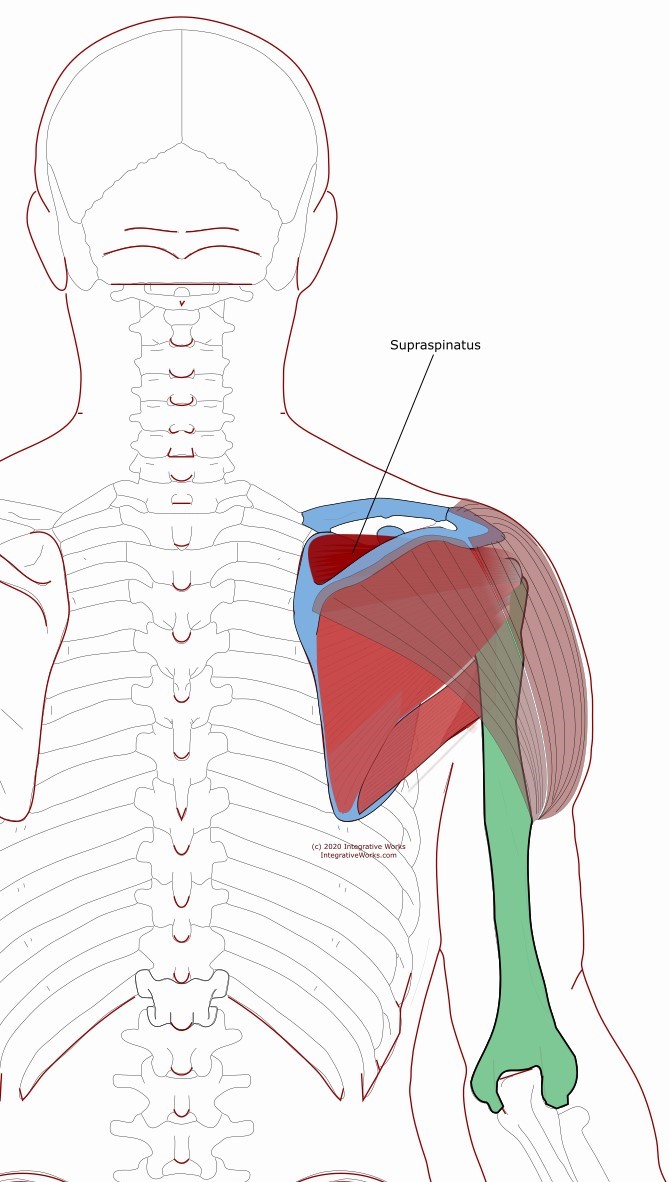
Functional Considerations
Supraspinatus anatomy presents as a simple strip of muscle. It attaches to the top of the scapula and inserts on the head of the humerus. However, Shoulder impingement and tendinopathy prompted more extensive studies. Actually, it is more complex than it appears.
More recent studies, like this one, consistently show that it has two distinct sections. The anterior section has bipennate fibers with a thick tubular tendon. In comparison, the posterior section has parallel fibers and a thin strap-like tendon. Similarly, each section has superficial, medial, and deep subsections.
Furthermore, these sections and subsections appear to engage independently. For example, Supraspinatus seems very active during humerus abduction at about 150 degrees. Also, electromyographical studies show that it is active during flexion of the humerus to about 150 degrees.
Tendency to Tear
As a rotator cuff muscle, it secures the head of the humerus in the glenoid fossa. It does this with an overhead strap, which is, unfortunately, susceptible to tears. The deltoid assists in this support. Deltoid acts like a sling that prevents the entire humerus from sliding inferiorly in the glenoid fossa.

